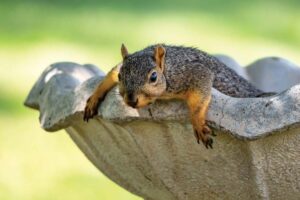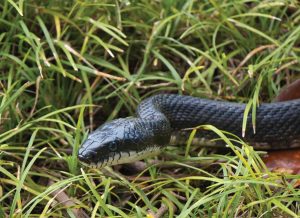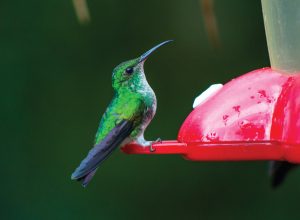The U.S. national bird is the bald eagle, and our national mammal is the North American bison. I think it’s time to declare the waterway engineer as our national rodent. Some may differ, saying we already have the groundhog. Granted, the pasture poodle even has a day delegated as Groundhog Day, but our meteorological misfit rarely has a correct forecast!
Our bald eagle is truly inspirational, and the bison represents strength in numbers, but looking back, neither had as much of an impact forming and developing our nation as the American beaver.
Early in the history of our nation, the beaver was highly sought for its luxurious pelt, and millions of hides were exported back to England and Europe. The pelts weren’t used for their luxurious feel, but were shaved for the hair, which was used in the manufacturing of felt for the top hat industry. “Beaver skin” hats were the rage, and the demand was voracious. It is hard to believe, but a men’s hat style dictated the beaver’s demise.
Trappers and fur traders set out from the East Coast colonies to follow the “brown gold” of beaver pelts. Trade with Native Americans quickly increased the number of beaver pelts sent back to Europe. Native Americans coveted the iron pots, axes, metal knives and flintlock rifles of the white fur traders and eagerly traded massive numbers of animal hides to obtain them.
As the beaver colonies became devastated and depleted, the trappers, fur traders and explorers continued traveling to the west and to the north. News of their finding fertile valleys, open plains, mineral deposits and timber resources attracted the attention of settlers looking for a better life, and the wagon trains soon followed.
The demise of the beaver in the Midwest happened incredibly fast. By 1820, the French traders piloting the great trade canoes coming down the Wabash River would be mounded high with furs, but some of the traders were saying, “Nous n’avons pas de peaux de castor,” or “We have no beaver pelts.” The beaver had been hunted and trapped into local extinction throughout much of the Midwest. It is thought a few remained in Illinois until the late 1800s before they were finally extirpated.
Reintroductions of beavers in Illinois took place from the 1920s through the 1950s, and beavers were restored to approximately half of the counties. Additional beavers migrated into Illinois from adjacent states. Today, they are found in all Illinois counties and are common throughout the state.
The beaver is not a small animal and has some unique features. Mature adults can be 3 feet long and weigh up to 60 pounds. They have brown, waterproof hair and thick underfur on the body, and their back feet are webbed for swimming. The nose and ears have valves, which may be closed while swimming, and their nearly hairless tail is flattened and paddle-like. Beavers have a special membrane to protect their eyes while swimming, and their lips can be closed behind their front teeth.
Beavers live in bank burrows accessible only underwater and sometimes in lodges where several may live together. The babies are born in May or June, and there may be three or four in the litter.
I think it is time we give this riparian rodent its just due and proclaim it as our National Rodent. It even has a great motto: “busy as a beaver.”










